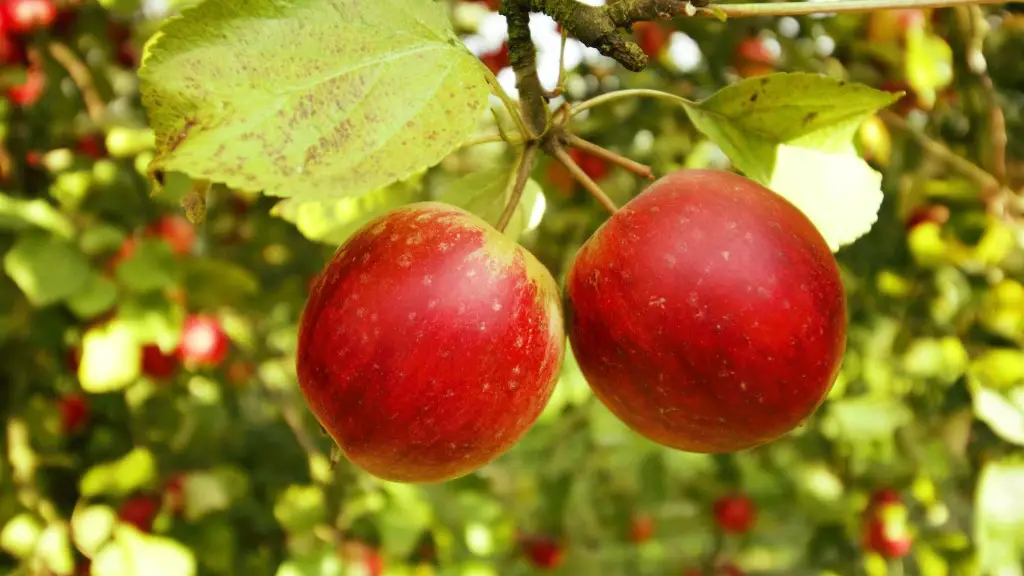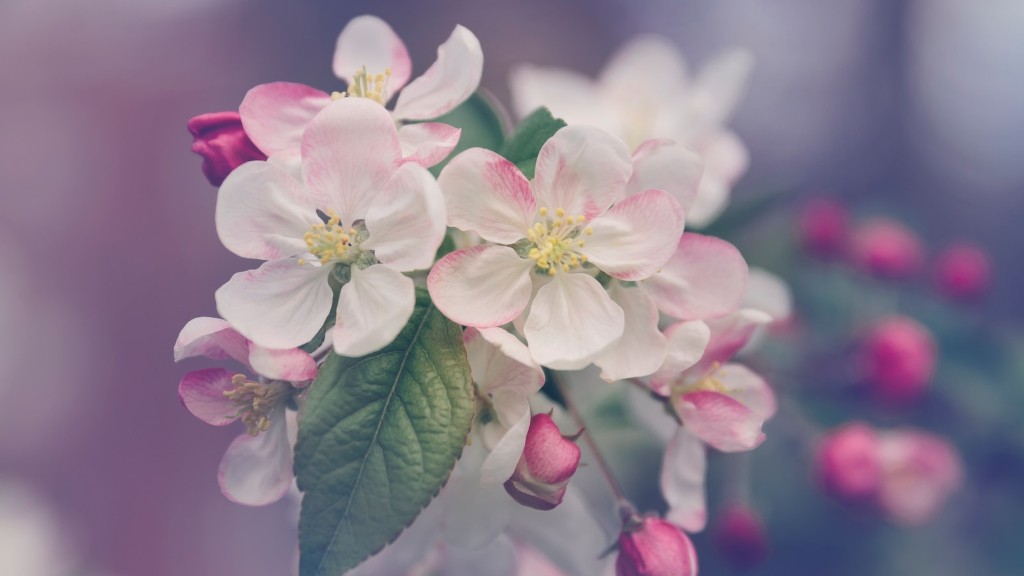Can You Grow a Lemon Tree in Your House?
Growing a lemon tree in your home is indeed possible. With the right location and care, you can have a healthy, fruitful citrus tree growing in your house. Lemons are a subtropical citrus tree and typically require warm, sunny conditions and excellent drainage, unless trained as a dwarf. There are two other species of citrus, mandarins, and oranges, however, lemons are the easiest to cultivate indoors.
Indoor lemon trees require a container that’s at least 16 inches across. A potting soil designed for citrus trees is ideal. Judge the height and weight of your lemon tree before you purchase a pot, as you’ll need one that’s both deep and wide enough to hold the tree’s root ball. Fill the pot with enough soil so that the root ball of the lemon tree is slightly above the surface.
Water your lemon tree once weekly with a gallon of water. Monitor the tree’s soil and water when the top 1 to 2 inches of soil becomes dry. If the tree seems to be drying out faster than 1 week, increase the frequency to twice a week, but reduce the amount to about a half-gallon. Make sure the tree is draining properly as too much water can cause root rot.
Lemon trees need at least 8 hours of full sun daily. When your tree is not receiving adequate sun, use four fluorescent lights that are hung in a square pattern, one foot over each corner of the container. Each bulb should have a 10-watt capacity. Supplement this with some direct sunlight, if possible.
Fertilizing is an important part of growing a healthy tree. Use an organic, citrus-specific fertilizer, and water it in until the soil is wet; applied directly onto the soil at the start of April, June, and August, when the tree’s flowers open. Pay attention to the length of time that you keep citrus in the house. Consult your local agricultural extension or the plant labeling for information regarding how long to keep the tree in your home.
Lemons need a temperature of 50 to 70 degrees Fahrenheit for growing. Keeping citrus trees in a cool area indoors and limiting cold drafts is recommended for growing success. Additionally, keep the tree away from heating or cooling units which can cause it to dry out more quickly.
Citrus-Specific Fertilizers
Fertilizing a lemon tree is essential to achieving healthy and productive specimens. Citrus-specific fertilizers contain a concentrated balance of phosphate and nitrogen, along with minor elements such as copper, zinc and iron. Potted citrus trees should be fertilized every two weeks during spring and summer and every four weeks during winter. Look for a fertilizer labeled as “slow-release” as they are less likely to overwhelm the lemon tree with too much nitrogen.
It’s important that your fertilizer contains the nutrients needed for optimal citrus tree growth. Fertilizers should contain the three main elements for plants: nitrogen, phosphorus, and potassium. Nitrogen is used for foliage and the overall size of the tree, phosphorus for flowering and fruiting, and potassium for supporting photosynthesis and flowering.
A fertilizer that contains a higher concentration of nitrogen (N) may be needed if your lemon tree hasn’t been fertilized in a while or if the tree’s foliage is yellowing or showing signs of nutrient deficiency. Be sure to use a balanced fertilizer so that you don’t end up giving your lemon tree too much of one particular type of nutrient.
Fertilizers that contain organically sourced ingredients are generally more beneficial than synthetic fertilizers because they are easy to absorb and contain trace elements that can help the tree grow more vigorously. Organic fertilizers should be applied in the same manner as any other fertilizer and applied to the soil in the spring and summer. Make sure to follow the directions on the fertilizer package for the best results.
If you want to fertilize your lemon tree properly, it is essential to know the proper time of year to apply fertilizer and the type of fertilizer you should be using. If you are using a citrus-specific fertilizer and follow the directions on the packaging, you can be sure your lemon tree will have all the nutrients it needs to grow and bear fruit successfully.
Tree Training and Pruning
Lemon trees require specialized pruning known as tree training, as they have a tendency to grow in a wide, spreading shape. When training, maintain a central leader and pruning lightly around it. Frequent pruning of your lemon tree will promote balanced growth and help to keep the desired shape. Prune and thin out dense, overcrowded areas. To promote fruiting and flowering, prune any branches that produce too much foliage, as this can hinder flower and fruit development.
In addition to keeping a tree’s shape, pruning can also be done to help promote air circulation. Pruning away any dead or diseased growth helps maintain adequate air flow through the tree. This prevents the growth of disease and unwanted insects. Proper pruning also helps light to filter through your lemon tree, encouraging overall growth. Pruning should be done lightly and should not take away more than 25-30 percent of the branches anymore.
When pruning, use a clean pair of garden shears so you don’t spread disease. The tree should be pruned in the late winter or early spring. Pruning is essential to maintaining a healthy tree and will also help you to keep the desired shape. Encourage heavy flowering and fruiting by lopping off excess foliage. During this time, remember to fertilize and water as needed.
Lemon trees, as with any other citrus tree, require periodic trimming and pruning to keep the desired shape and promote abundance of fruits. Trimming in the late winter or early spring will help to keep your lemon tree healthy and vigorous and will encourage abundant fruit production in the growing season. Be sure to use clean tools, follow the directions on any fertilizer used, and maintain consistent irrigation.
Check Soil and Water Requirements
Chances of success in growing a healthy lemon tree are significantly increased if you make sure to meet the soil and water requirements. As mentioned earlier, lemon trees require a well-draining potting soil and should be watered at least once a week. Make sure the top 1-2 inches of soil are dry before watering, and if the soil is too wet or dry, adjust accordingly.
It is also important to check the pH of your soil as it needs to be slightly acidic for lemons to thrive. A pH of 5.0-7.0 is ideal, with a slightly acidic preference of around 6.0-7.0. If the pH is too alkaline, you can lower the pH with the help of sulfur or iron-containing fertilizers, whereas if the pH is too low, you can increase it with the help of natural limestone or dolomite.
The key to water requirements is consistency. Lemon trees like substantial water and so you should water them every week, making sure the top 1-2 inches of soil are dry before repeating. Furthermore, water in the morning to ensure the roots have enough liquid available during the day and to give the foliage the opportunity to dry off before nightfall, which avoids the buildup of mildew.
It’s essential to keep the lemon tree well-watered, as this will help with photosynthesis, as well as aiding in the growth and production of fruit. Overwatering, however, can be disastrous, as it can cause root rot. When watering, try to avoid getting the leaves wet, as this can cause fungal diseases and make the foliage more susceptible to pests and diseases.
Pest and Disease Control
In addition to the standard care for indoor lemon trees, it’s also important to be aware of particular pests and diseases that can harm your tree. Citrus trees can be attacked by a variety of pests, including scale insects, mites, fruit flies, and whiteflies. To control pests, consider using insecticidal soaps and horticultural oils. These insecticides, plus regular spraying and pruning, should all go a long way in helping to keep your tree healthy and pest-free.
A variety of diseases can also affect your lemon tree: tree canker, citrus rust mite, and root rot are common. Tree canker is caused by a variety of fungi, while citrus rust mite is a pest that sucks on leaves, causing them to discolor and drop off. Root rot is caused by too much water or faulty drainage. Be sure to watch for signs of infection or infestation and apply treatments as soon as possible.
It’s important to remember that prevention is key when it comes to keeping your lemon tree healthy and productive, so it’s always best to stay ahead of any potential pests or diseases. Keep an eye on your lemon tree for signs of infection and keep the foliage, soil, and surrounding area clean to dissuade pests from setting up shop. Regular fertilizing and trimming will also help to keep the tree strong and disease free.
Additional Tips for a Successful Lemon Tree
When caring for an indoor lemon tree, it’s important to keep in mind that this is different than growing any other type of tree. Special consideration must be given to the humidity levels, soil pH, and especially to the amount of light needed. It’s also important to remember that when a lemon tree is grown indoors, it will be much less tolerant to extreme weather. Therefore, any frost or cold that could occur near the tree must be minimized.
Additionally, when it comes to harvesting your lemons, wait until the fruit turns a deep yellow. Once the lemons are ripe, you can leave them on the tree for about a week. They should then easily detach from the branch. If you are having any difficulties, use a pair of garden shears as lemons that are left on the branch for too long tend to turn sour.
Perhaps the best tip for growing a successful lemon tree indoors is to give it love and attention. Talk to it and prune it, repot it when necessary, and keep the soil and surroundings clean. Make sure it gets the right amount of light and water and feed it with a high quality fertilizer and—with proper care—your lemon tree can produce fruit year-round.





